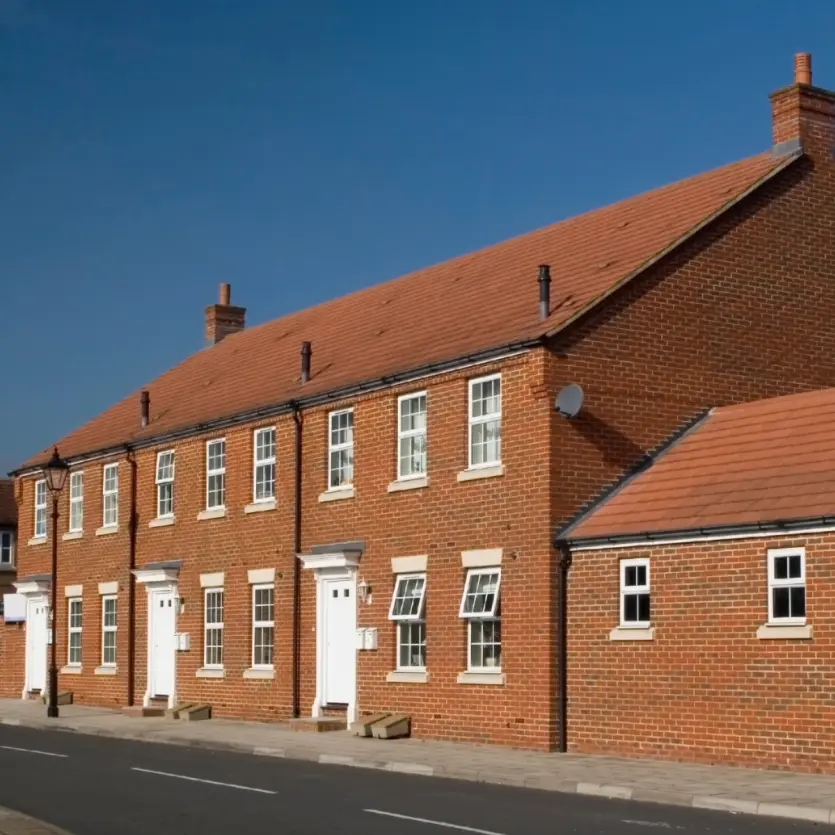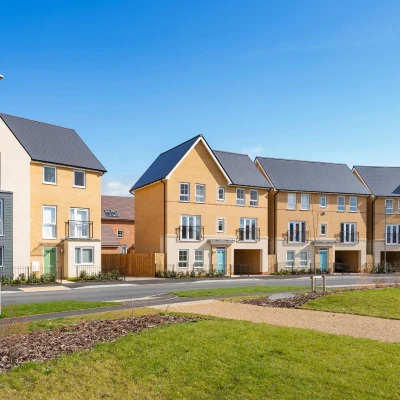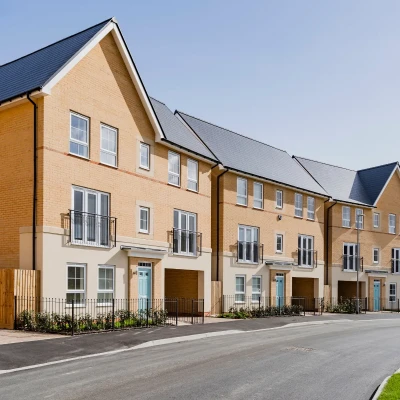Future Proofing Build to Rent: Adapting to Legislative Changes

As the Build to Rent (BTR) sector continues to evolve, so too does the legislative landscape that governs it. Recent developments, such as the Renters’ Reform Bill and the Building Safety Act, present both challenges and opportunities for BTR developers. Adapting to these changes is essential to future-proofing developments and ensuring continued success in delivering high-quality rental housing.
The Impact of Legislative Changes on Build to Rent
1. Renters’ Reform Bill
The proposed Renters’ Reform Bill aims to strengthen tenant rights and create a fairer rental market. Key aspects include:
- Abolishing Section 21 'no-fault' evictions: This increases security for residents, but developers and operators must navigate new processes to regain possession when needed.
- Introducing a Decent Homes Standard: BTR schemes, already focused on quality, are well-placed to meet these requirements.
2. Building Safety Act
The Building Safety Act represents a landmark shift in the construction and operation of residential properties. For BTR, it means:
- Enhanced safety measures during and post-construction.
- Greater accountability for developers and property managers.
- Potential cost implications to comply with new regulations.
How Build to Rent Developers Are Adapting
1. Prioritising Compliance and Quality
BTR developers are proactively integrating legislative requirements into their planning and operational strategies. This includes:
- Engaging legal and compliance experts early in the development process.
- Investing in safety features, such as fire-resistant materials and robust evacuation plans.
2. Embracing Technology
Technological solutions are playing a vital role in compliance and management:
- Digital safety platforms help streamline record-keeping and reporting to meet legislative standards.
- Resident apps ensure transparent communication about building safety and maintenance.
3. Adopting Flexible Leasing Models
To align with the Renters’ Reform Bill, BTR operators are exploring flexible lease agreements that balance resident security with operational needs.
4. Strengthening ESG Commitments
BTR developments often align with Environmental, Social, and Governance (ESG) goals, which resonate with the broader objectives of these legislative changes. This includes:
- Sustainable building practices to meet environmental standards.
- Community-focused amenities that promote social well-being.
The Opportunity to Lead
By adapting to these legislative shifts, BTR developers can position themselves as industry leaders. Proactive compliance not only mitigates risk but also enhances reputation and attracts socially responsible investors.
At Three Sixty Space, we are committed to navigating these changes with innovation and integrity. Our focus remains on creating safe, sustainable, and resident-focused communities that meet both current and future housing needs.
Future-Proofing Together
Legislative changes are inevitable, but they also represent an opportunity for the BTR sector to set new standards in quality, safety, and community living. By embracing these changes, BTR developments will continue to thrive as a cornerstone of the UK housing market.

Contact Us
Got a question, general enquiry or something else?
You may also like
Since we started in 1987 we have grown to one of the UK’s largest property groups, we can save you time and money by offering a range of services and expertise under one roof.



